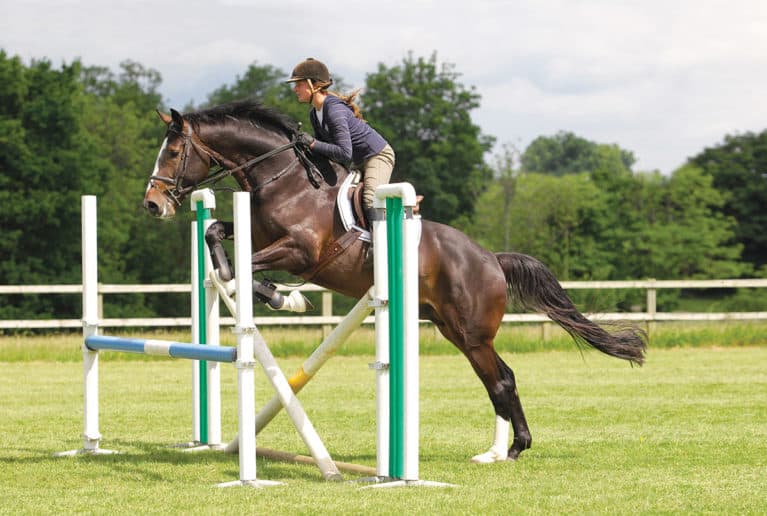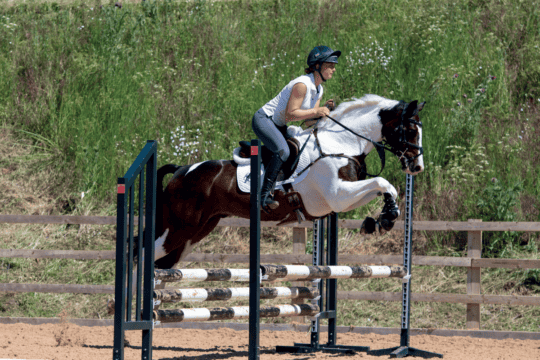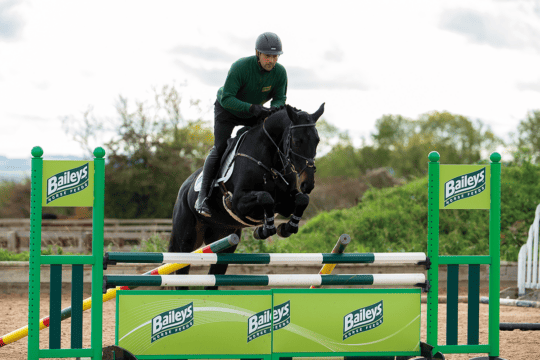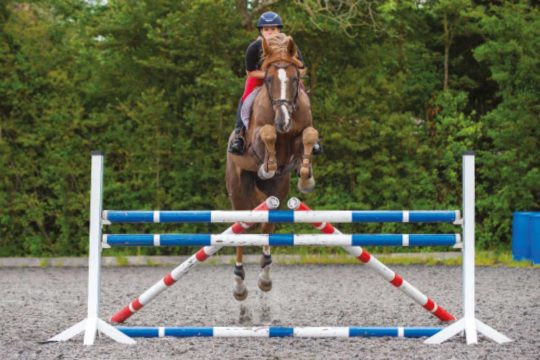-
Riding Schooling and Training
-
Health and Veterinary
-
Management
-
Mind Matters
-
Buying and Selling
-
Insurance Advice
FAQs
Grids are great for practising the variety of skills you need to navigate a course successfully, but they don’t need to be boring.

Instead, they’re a fantastic way to work on new techniques, solve problems and strengthen your partnership, and you’re only limited by your imagination.
The beauty of grids is that they can be as simple or as complicated as you want, which means that if you have limited resources at your yard, it doesn’t mean your progress is also limited. Even if you have the opportunity to school over courses regularly, you can still benefit from a grid’s ability to isolate and resolve a problem.
Warming up
Your warm-up for gridwork should be structured around preparing your horse to jump several fences in a row. Begin by warming up on the flat, incorporating lots of transitions, first between the gaits, and then, as he becomes more supple and responsive, within the pace, too. This will get him listening and thinking quickly, and will mean that once he begins jumping, he’ll be able to change his striding more easily to jump cleanly through the grids.
When he’s ready to jump over a single cross-pole, put a placing pole on the take-off and landing sides, each 3m from the jump. This will encourage him to focus before, during and after the fence, as the next question will come up quickly when you add in more jumps.
Always introduce gridwork piece by piece, rather than jumping straight into the line. Start by putting placing poles where there will be jumps, then raise the initial fence. Once you’ve ridden through, put up the second fence and reapproach. Continue until you can ride through the whole grid.
Grid 1 – the confidence builder
What it does
This straightforward grid doesn’t have any tricks up its sleeve, which means it’s a great starting point to help you and your horse find a good rhythm and produce a clean, confidence-boosting jumping through the line.
How to ride it
Approach in trot so you can get the ideal take-off spot to the first fence. Allow your horse to land in canter, and focus on remaining balanced in the saddle and riding straight down the line, rather than pushing on or checking for a stride. If he knocks a rail or has an awkward jump, ride through again without changing anything – this way, he’ll learn from his mistake and adjust his striding to suit the distance.
If you or your horse are inexperienced
Ride through the grid and ask your helper to check that the distances suit your horse and he’s not struggling to fit in the correct number of strides. For an inexperienced horse, this grid is a great way for him to learn how to think ahead without interference. For an inexperienced rider, it’s perfect for learning to feel a rhythm and ride positively without interfering.
If you and your horse are more advanced
Use this grid as a way to introduce trickier striding in a no-pressure way. If your horse prefers to lengthen his stride, shorten the distance to the final fence and add placing poles so that he has to collect his canter to pop cleanly through. If he tends to shorten and add strides, ride for the correct number of strides, using the placing poles to help him out.
Bonus benefits
This grid is perfect if you’re ready to start jumping bigger fences, as it sets up a quality canter and creates consistency and rhythm, so you and your horse will be well within your comfort zone. Keep the first fence as a high-sided cross-pole to encourage him to stay straight and set the second fence at the height you’ve been jumping. The oxer can then be raised incrementally to allow you to get comfortable over a larger fence.
Discover more easy grids to boost your skills and solve common jumping problems in the June issue of Horse&Rider, on sale 4 May.















